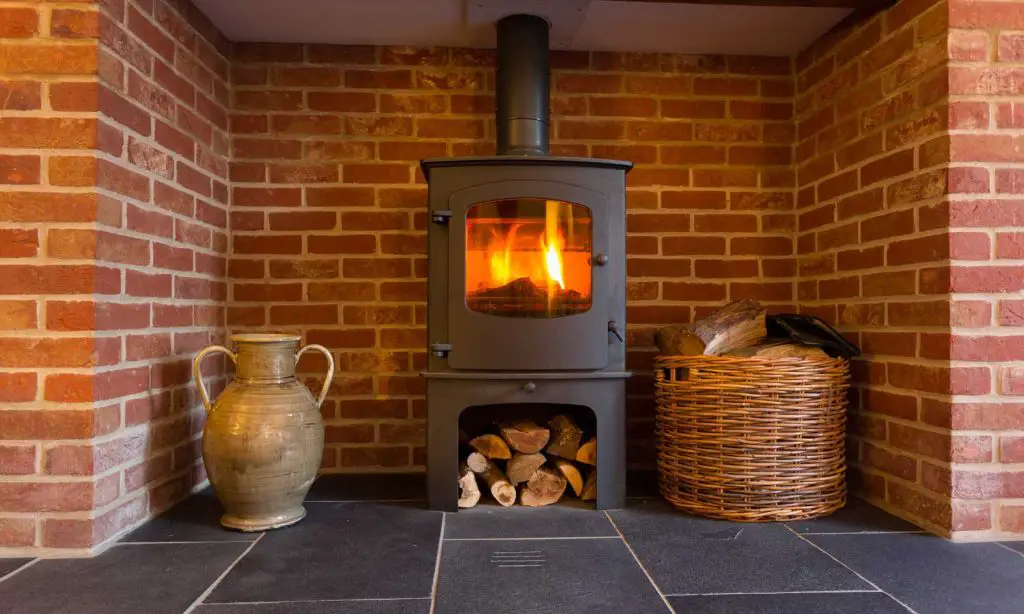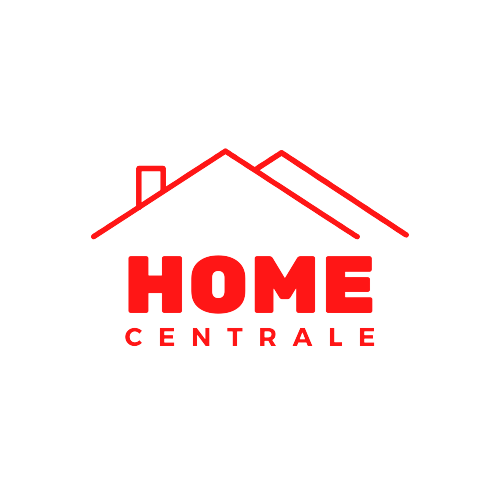Are you considering installing a gas fireplace in your home but wondering if it needs a chimney? A gas fireplace may not necessarily need a chimney; as far as it has an effective venting system, then you are good to go. However, the type of venting system required may vary depending on the type of gas fireplace you choose.
In this Home Centrale comprehensive guide, we’ll explore the reasons why a gas fireplace needs a chimney, the different types of venting systems available, safety considerations, and tips for installing and maintaining a gas fireplace.
Why Does a Gas Fireplace Need a Chimney/venting system?
A gas fireplace needs a chimney or venting system to expel the byproducts of combustion, such as carbon monoxide and other harmful gases, outside of your home. A properly installed and maintained chimney or venting system ensures that these byproducts are safely and efficiently removed from your home.
In addition to safety concerns, proper venting also improves the efficiency of your gas fireplace. A ventless gas fireplace may seem like an attractive option because it doesn’t require a chimney, but it can actually be less efficient and more expensive to operate. Ventless gas fireplaces rely on oxygen from within your home for combustion, which can lead to moisture buildup and decreased indoor air quality.
Types of Venting Systems
There are two main types of venting systems for gas fireplaces: direct vents and natural vents.
Direct Vent
A direct vent system uses a sealed combustion chamber and a two-pipe system to vent exhaust gases directly outside. One pipe draws in air from outside for combustion, while the other pipe exhausts the combustion byproducts. Direct vent gas fireplaces are considered the safest and most efficient option because they eliminate the need for a traditional chimney and draw combustion air from outside.
Direct vent gas fireplaces can be installed in various locations in your home, including on an inside wall. They can also be installed with a horizontal or vertical venting system, depending on the layout of your home.
Natural Vent
A natural vent system, also known as a B-vent or atmospheric vent system, uses a chimney or flue to exhaust combustion byproducts outside. This type of venting system relies on natural convection to draw exhaust gases up and out of your home.
Natural vent gas fireplaces require a functioning chimney, which can be either an existing masonry chimney or a prefabricated metal chimney. It’s important to have your chimney inspected and cleaned regularly to ensure it’s in good condition and free from blockages.
Safety Considerations
When installing a gas fireplace, safety should be your top priority. Here are a few safety considerations to keep in mind:
Proper Installation
Always have your gas fireplace installed by a professional. Proper installation is crucial to ensure that your fireplace operates safely and efficiently. Improper installation can lead to gas leaks, fires, and other safety hazards.
Regular Maintenance
Regular maintenance is essential to ensure that your gas fireplace continues to operate safely and efficiently. Have your fireplace inspected and cleaned annually by a professional chimney sweep or gas fireplace technician.
Carbon Monoxide Detectors
Install carbon monoxide detectors on every level of your home, especially near bedrooms. Carbon monoxide is a colorless, odorless gas that can be deadly if inhaled in high concentrations.
Proper Ventilation
Ensure that your gas fireplace has proper ventilation to prevent the buildup of combustion byproducts. This includes ensuring that your chimney or venting system is in good condition and free from blockages.
Tips for Installing and Maintaining a Gas Fireplace
Here are a few tips for installing and maintaining a gas fireplace:
Choose the Right Type of Gas Fireplace
Consider factors such as the size of your home, your heating needs, and your budget when choosing a gas fireplace. Direct vent gas fireplaces are generally considered the safest and most efficient option, but they may not be feasible in all homes.
Have Your Chimney Inspected and Cleaned Regularly
If you have a natural vent gas fireplace, it’s important to have your chimney inspected and cleaned regularly to ensure that it’s in good condition and free from blockages. A professional chimney sweep can also inspect your fireplace and venting system for any signs of damage or wear.
Follow the Manufacturer’s Instructions
Always follow the manufacturer’s instructions when operating and maintaining your gas fireplace. This includes cleaning the glass, replacing the batteries in your remote control, and ensuring that your chimney or venting system is in good working order.
Use Caution When Handling Gas
If you smell gas or suspect a gas leak, evacuate your home immediately and call your gas company or fire department. Never attempt to fix a gas leak yourself.
Consider Installing a Carbon Monoxide Detector
Install carbon monoxide detectors on every level of your home, especially near bedrooms. This will alert you to any potential carbon monoxide buildup and give you time to evacuate your home.
Have Your Gas Fireplace Inspected Annually
Have your gas fireplace inspected annually by a professional technician. HSE UK recommends an inspection of your gas fireplace at least once a year. This will ensure that your fireplace is operating safely and efficiently and will help prevent any potential safety hazards.
Conclusion
In summary, a gas fireplace needs a chimney or venting system to safely and efficiently expel combustion byproducts outside your home. Direct vent gas fireplaces are generally considered the safest and most efficient option, while natural vent gas fireplaces require a functioning chimney and regular maintenance.
When installing and maintaining a gas fireplace, safety should be your top priority. Always have your fireplace installed by a professional, have your chimney inspected and cleaned regularly, and follow the manufacturer’s instructions for operating and maintaining your fireplace. By following these tips, you can enjoy the warmth and ambiance of a gas fireplace while keeping your home safe and comfortable.






